Yes, yes, & yes. 8)Is it a rare shape/year/stamp?
Early CK's are also super-duper-uber-swoopy-streamline-design-mondo-cool. :mrgreen:
Yes, yes, & yes. 8)Is it a rare shape/year/stamp?
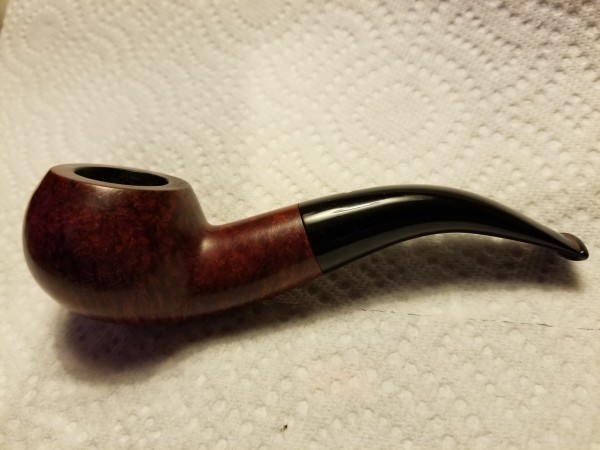
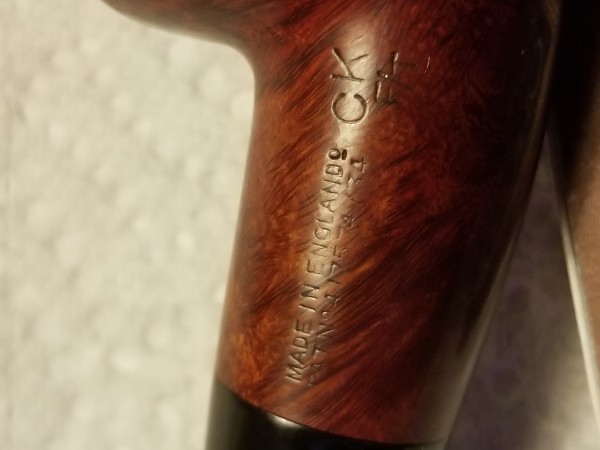
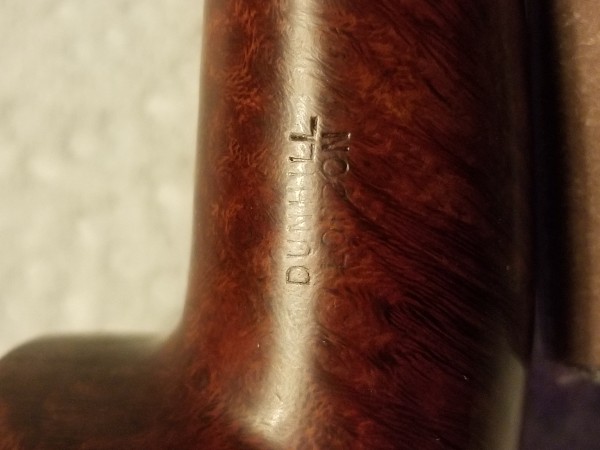
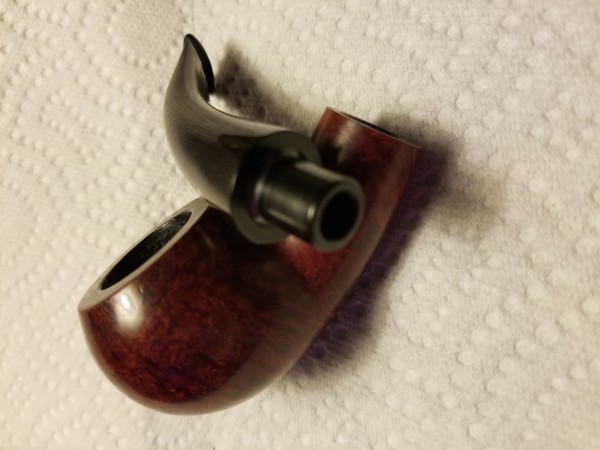
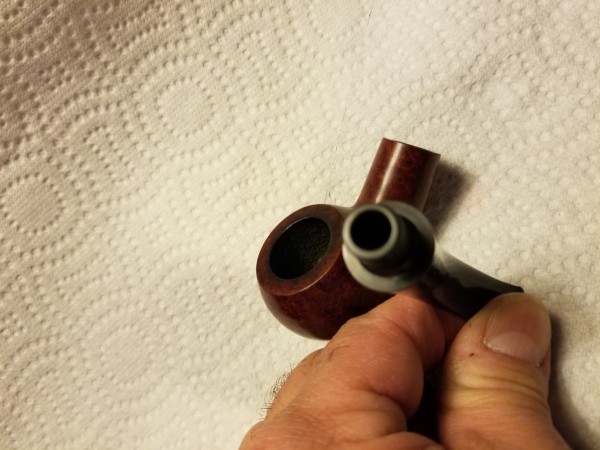
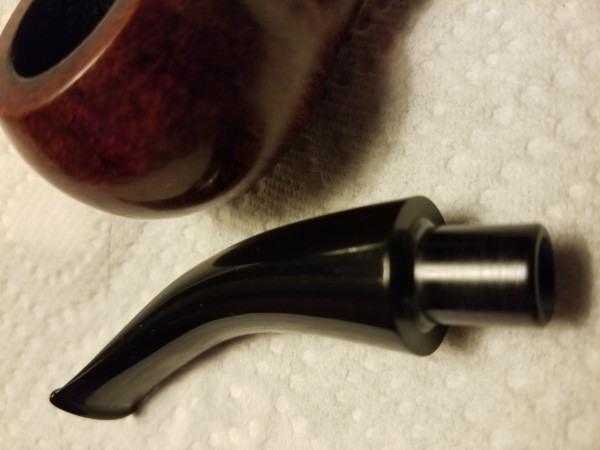
By early 1910, Dunhill was ready to offer his own make of pipe as an alternative to those coming from France that were highly varnished and so clogged the pores of the briar. These first pipes were of two distinct internal designs: one followed the French design that is the standard non-filter design of today; the other, the "Absorbal" pipe, used a circular cellulose filter that was pushed into the hollowed-out body of the pipe shank.


